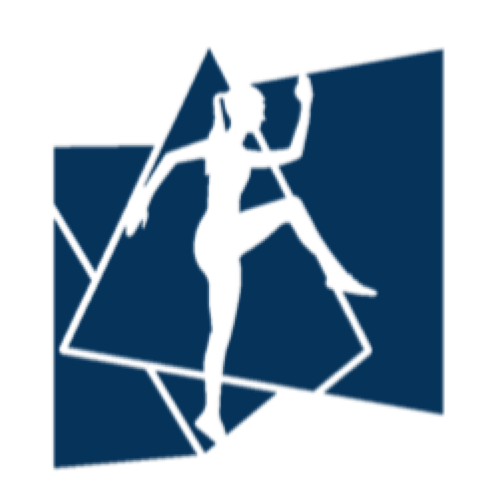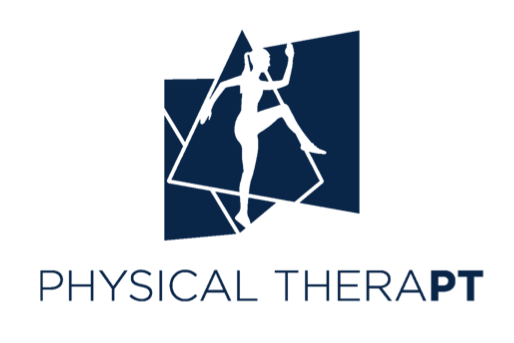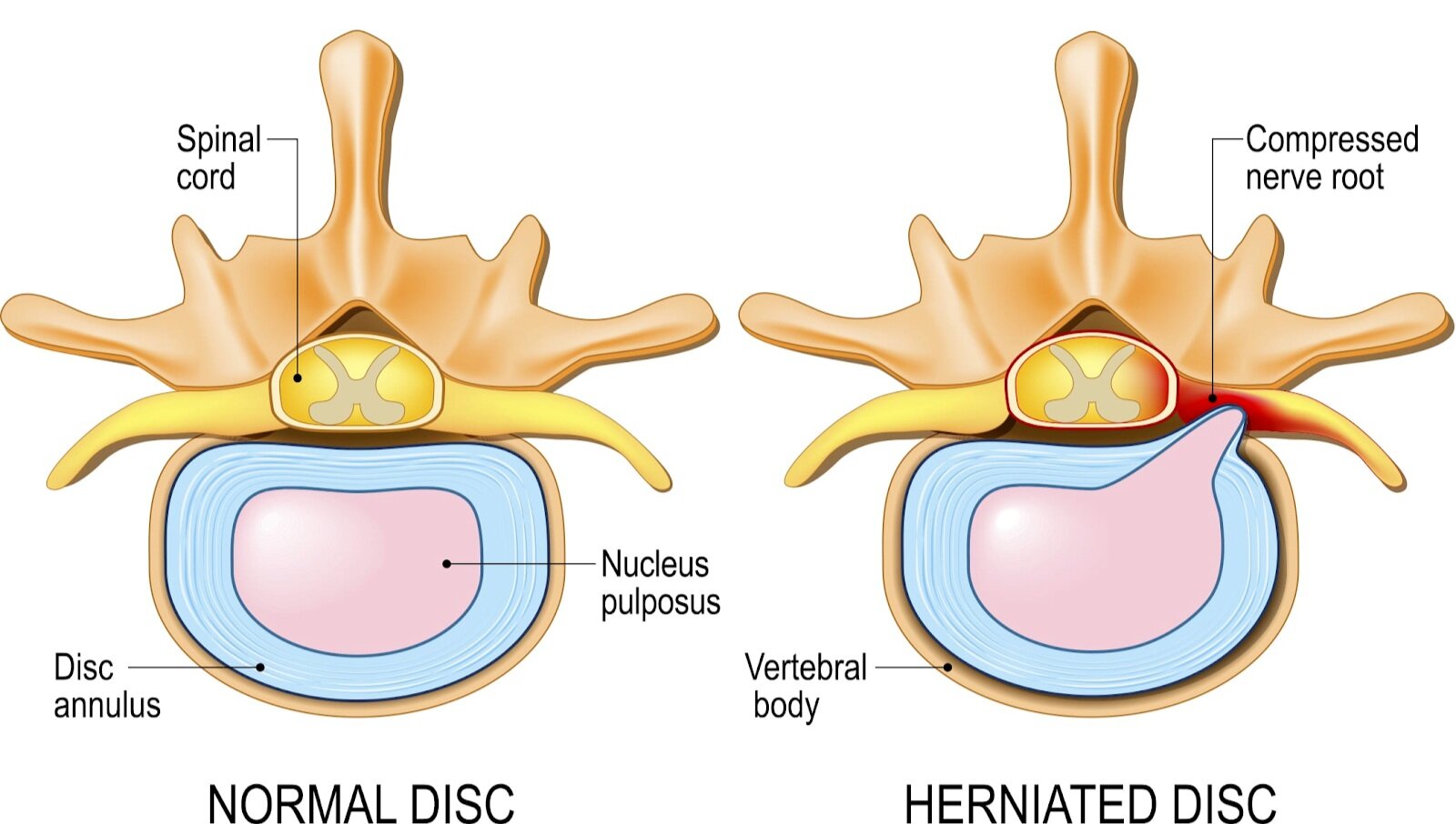Often called “dancers tendonitis” due to its prevalence in classical ballet dancers, FHL tendinopathy actually happens to various athletes whose sports require repetitive push-off and extreme plantar flexion (pointing of the foot), such as sprinters, soccer players, gymnasts, and even swimmers.
The Flexor Hallucis Longus (FHL) muscle is located in the back of the lower leg, originating from the fibula and traveling behind the Achilles tendon. The FHL tendon then passes the inside of the ankle through the tarsal tunnel, and travels along the instep of the foot, ending at the big toe. Its function is to flex the hallux - or big toe. It also has an important role in controlling mid-foot pronation and supination.
Because of these roles, the FHL functions as a powerful convertor of force from the rear foot to the big toe. However, repetitive pushing off the foot and toes can sometimes lead to irritation. This can be worsened when combined with eversion - or an outward motion of the toes relative to the ankle. Often, young dancers will evert when attempting to achieve greater “turnout”, but this also can be seen in runners as excessive pronation - or “arch collapsing” - most often due to strength deficits in the stabilizers of the limb.
If you’ve irritated this muscle-tendon unit, you may experience pain within the foot or at the back of the ankle depending where along the tendon inflammation has occurred. Some may also experience the big toe “getting stuck” with active movement, or swelling and a crunchy-sensation along the inside of the ankle. Flexing the big toe against resistance, or forcing the foot into a pointed position may also be painful.
While the exact physical cause of FHL injury is under debate, it is believed that the tendon can snag either at the ankle in the tarsal tunnel, in the mid-foot, or at the sesamoids (two teeny round accessory bones) of the big toe. When combined with repetitive motion, this entrapment of the tendon creates micro-trauma. If left untreated, this can lead to tissue damage. The body's inflammatory response begins to heal these micro-tears, sending more blood and nutrients to the area. This inflammation of the tendon is what is called tendinopathy.
Restriction of the FHL routinely occurs in three spots:
Tarsal Tunnel at inside of ankle, star.
Intersection of FHL with neighboring Flexor Digitorum Longus tendon, triangle.
Attachment of FHL to the first bone (proximal phalange) of the big toe, square.
To learn more, check out these articles and texts:
Quirk R. Common foot and ankle injuries in dance. Orthop Clin North Am. 1994 Jan;25(1):123-33.
Pagenstert GI, Victor V, Hintermann B. Tendon injuries of the foot and ankle in athletes. Clin Ortho Trauma. 2004; 52(1):11-21.
Simpson M, Howard T. Tendinopathies of the foot and ankle. Am Fam Physician. 2009 Nov 15;80(10):1107-1114.
Bone Joint Surg. 78A:1491-1500, 1996
Am J Sports Med. 1977;5:84-88
J Orthop Sports Phys 1983; 5: 204-206
Norris R. Common Foot and Ankle Injuries in Dancers. In: Solomon R, Solomon J, Minton S, eds. Preventing Dance Injuries. 2nd ed. Champaign, Ill: Human Kinetics; 2005: 39-51
Foot Ankle Int. 2005; 26: 291-303







